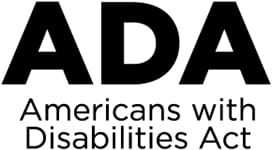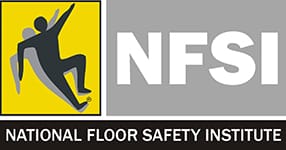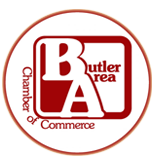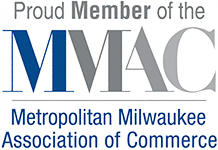How to Choose the Best Commercial Floor Mats for Every Season
Your Year-Round Mat Strategy Matters
Choosing the right commercial floor mats for every season can be hard. Deciding on which type of floor mat you’ll need for the changing Wisconsin seasons makes it even more complicated. Each season brings different weather challenges that impact your facility’s flooring.
From heavy winter slush to dry summer dust, you need a matting strategy that adapts to the conditions — but here’s the good news:
Having a consistent, all-season floor mat that’s strategically placed and serviced the right way for each season is a great place to start.
Adding to that initial strategy is the next step. Businesses across Wisconsin benefit from commercial floor mat rental programs with strategies for each season that provide expert support and professional laundering — without the need to replace the mats themselves.
Commercial Floor Mats for Spring: Mud, Rain & Pollen Control
As winter snow melts and spring showers roll in, muddy entrances and slick floors become common hazards. Add in pollen and allergens, and your facility is dealing with more than just mess — you’re looking at potential safety risks and indoor air quality concerns.
Having the right commercial mat in the right place helps reduce tracked-in moisture and debris, which means fewer slip-and-fall incidents, less floor damage and lower cleaning and maintenance costs.
Spring floor mat strategy:
Use scraper mats to remove mud, grit, and debris at the door
Make sure your indoor mats are serviced frequency to prevent saturation, odors, and mold buildup
Commercial Floor Mats for Summer: Dust, Dirt & Dry Debris
Dry summer conditions may seem cleaner than other seasons, but they bring their own mess. Dust, sand, grass clippings, and construction debris are easily tracked indoors — especially with open-air windows, doors and increased foot traffic — meaning your commercial floor mats have to work as hard as you do.
Even in summer, just 1,000 people can track in up to 24 pounds of dirt, which wears down floors and increases cleaning demands.
Summer floor mat strategy:
All-season entry mats with coarse surfaces to catch dry debris
Logo mats for interior areas — combining dust control with professional branding
Routine laundering to keep mats clean and looking sharp
Commercial Floor Mats for Fall: Wet Leaves & Holiday Traffic
Autumn introduces challenges of its own: wet leaves, mud from rainstorms, and spikes in foot traffic from back-to-school, sports, and early holiday shopping. These conditions are the perfect recipe for an increase in slips, and make floors harder to maintain.
Increasing your floor mat coverage and ensuring floor mats stay clean can dramatically reduce maintenance costs and headaches during the busy fall season.
Fall floor mat strategy:
Extended coverage zones at all major entrances
Scraper mats to handle wet leaves and mud
Increased service frequency to keep mats dry, clean, and grippy
Commercial Floor Mats for Winter: Salt, Slush & Safety
Let’s bust a common myth: there’s no such thing as a “winter floor mat.” Commercial floor mats themselves don’t change by season — but your strategy should.
Most people pay the most attention to their mats in the winter, with salt, snow, slush, and moisture an everyday battle. The winter elements can quickly oversaturate mats, create slip hazards, and lead to visible staining and floor damage if not addressed. What matters most is increasing your coverage and commercial mat service, not switching the type of mat.
Winter floor mat strategy:
Using the right mat in the right place for safety in every area of your building
Wider and longer mats to cover more entryway space
Consistent laundering and delivery to handle wet, salty conditions
Year-Round Floor Protection Starts with the Right Commercial Mat Service Plan
The weather changes — but your floor mats don’t have to. What really needs adjusting is your mat coverage, placement, and professional service schedule.
With the right commercial mat rental program for every season, your business can stay cleaner, safer, and more polished year-round— without the hassle of managing mats on your own.
Let Packerland create a custom seasonal mat service plan tailored to your entryways, foot traffic, and Wisconsin weather. We’ll take care of delivery, cleaning, and rotation — so your floors stay protected, no matter what’s blowing in from outside.





